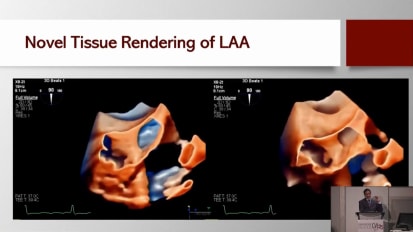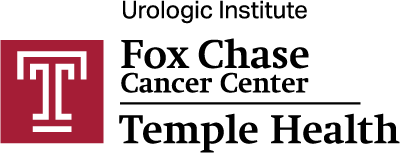Search Videos and More
 Course
Course
Evaluation of Dyspnea
Dyspnea and dyspnea on exertion are among the most common patient complaints both in the office and in the hospital setting. While in-hospital evaluations tend to have a more acute focus, outpatient office evaluations of dyspnea tend to be more varied and nuanced in their etiology. Pulmonary function testing and cardiopulmonary exercise testing are important modalities to help differentiate causes of dyspnea. Video
Video
LDCT+: A New Approach in Early Lung Disease Detection - Webinar
View Archive of this live webinar | Annual low-dose computed tomography (LDCT) screening has transformed early lung cancer detection, yet many patients remain underdiagnosed for coexisting conditions like COPD—an independent risk factor for lung cancer and a major comorbidity affecting survival. Course
Course
Interstitial Lung Disease (ILD) and Associated Pulmonary Hypertension
Interstitial lung disease (ILD) is a commonly encountered disease state. Patients who develop ILD associated with pulmonary hypertension have an increased mortality risk. This program aims to review the classification of commonly encountered interstitial lung diseases. Secondly, to describe the pathophysiology that leads to the development of ILD associated pulmonary hypertension. Lastly, to review a diagnostic approach to ILD associated pulmonary hypertension along with treatment options. Course
Course
Cardiac Amyloidosis: What Providers Should Know About Screening, Diagnosis, and Treatment
Over the past two decades, there has been a significant increase in both the incidence and prevalence of cardiac amyloidosis. This is most likely due to improved screening and diagnosis. However, even with these advances, delayed diagnosis is common. Diagnosis typically takes two years for patients with amyloid light-chain amyloidosis (AL), and up to 7.2 years for those with transthyretin amyloidosis (ATTR), explains Temple heart failure cardiologist Carly Fabrizio, DO. News
News
Temple Lung Center: Advancing Research in COPD
The Temple Lung Center is one of the world’s largest COPD research centers, and has demonstrated its commitment to offer innovative therapies to patients by applying research breakthroughs to clinical care. Video
Video
Lung Transplantation for COPD Patients
Chronic Obstructive Pulmonary Disease (COPD) is the sixth leading cause of death in the U.S., affecting nearly 16 million adults. Dr. Gerard Criner, Director of the Temple Lung Center, recently joined the Global Forum on Lung Transplantation to explore the role of lung transplantation for COPD. News
News
November Quarterly Impact Report: The Temple Healthy Chest Initiative
The American Cancer Society is forecasting more than two million new cases of cancer to be diagnosed in the year 2024. And while the incidence rate is on the rise, cancer-related deaths continue to decline. Early detection is key to producing better outcomes for patients. Course
Course
Understanding Hemodynamic Profiles in Heart Failure
Managing heart failure requires a comprehensive approach that integrates multiple sources of information, rather than relying on a single data set, says Paul Forfia, MD, co-director of Pulmonary Hypertension, Right Heart Failure & CTEPH Program at Temple University Hospital. Course
Course
Diagnosing the Apical Variant of Hypertrophic Cardiomyopathy
A 60-year-old man with a history of hypertension was admitted to the hospital after three days of a drooping face and right arm weakness. He had no chest pain or shortness of breath, and no prior history of irregular heartbeat. However, his echocardiogram was abnormal, and his high sensitivity troponin level was mildly to moderately elevated. Doctors ordered STAT echocardiogram with saline contrast, but the initial images were perplexing – normal left ventricle function, no evidence of systolic anterior motion, and nothing to suggest an LVOT obstruction. Video
Video
What is new in 2024 for PE
A comprehensive overview of strategic clinical risk stratification, evidence-based approaches derived from clinical trials and advanced research, and essential insights into the follow-up care of patients post-pulmonary embolism (PE). Course
Course
Breaking Down Updated Aortic Guidelines for Echocardiographers
In 2022, the American College of Cardiology and the American Heart Association released updated aortic guidelines that synthesized some 20 separate guidelines issued by nearly as many organizations over the previous 12 years. Course
Course
Technology Update: Redefining Echocardiography Diagnostics and Education with AI, AR, and Beyond
For a photographer or videographer, it’s second nature to use lighting to get a better view of a subject. But few cardiac imagers think about moving light sources within the heart.
